青萍剑,是中国一种传统剑法,它的创始人是江西龙虎山天师老法师潘真道。
一、古人往往为优质宝剑赋以高雅别致之名称,以别於一般剑器。陈琳之文章: 「君侯体高俗之材、秉青萍干将之器。」而陈琳为东汉时人,足可见汉代己有青萍剑之名,且名声颇不低於干将、莫邪等宝剑。
唐代李白「与韩荆州书」云:「 庶青萍、结缘,长价於薛、卞之门。」。 陈、李二人所是「青萍」皆指优质名剑。据传,青萍剑能切金玉断毛发,犀利无比。青萍剑法借此命名,取其剑质精锐,所向披靡之意。
二、 青萍剑之剑法创始人,传说是江西龙虎山天师老法师潘真道人( 号元圭 ), 按大周天( 三百六十五数) 所创。剑路共分六趟,总计三面六十五剑,剑剑名称不同,并有剑诀及用法。青萍剑法风格独特,高雅别致,以轻灵矫捷,洒脱飘逸著称。演练起来似进犹退,轻灵转折,变化无常,时而行云流水,舒展大方,忽东忽西,乍沉乍浮,犹如青萍浮动。时而风起云涌,雷厉风行,痴如闪电矫如飞凤。其套路招式内容充实,结构严谨,刚柔相济,虚实相参,攻中寓防,防中寓攻,阴阳起伏,神出鬼没,是优秀的传统名剑,也是迄今为止套路最长,招式精奇,注重实战,突出捕击的一部剑法。
1、青萍剑法就演涷而言,由浅而深,由简到繁,一趟比一趟复杂,微妙,高深。第一趟是基础剑,定式多,换式慢,架子低,多埋伏,讲究身正步稳,慢中求快,招式清楚,剑法明晰。其馀五趟起伏转折,灵活多变,进退闪转,快速急变。
2、该剑法以虚灵取胜,虚实相参,千姿面态,变化莫测,招式丰富,各有不同之招式和技击要求,其主要剑法有点、崩、剌、云、抹、挂、挑、撩、提、截、劈、拦、拨、缠、抄、扫等十六个技击法。其中不乏上、中、下三盤的姿势与动作,但更注重下盤埋伏及跳跃之式。
3、要突出剑的技击法。「 刀加猛虎、剑如飞凤」, 刀剑技击之法截然不同,不可混杂。剑术要以虚灵避拙运巧,运剑握把须活,不同之剑法其把位、把法不同,要运力在腕,切忌僵硬,才能配合手、眼、身、法、步,达到身剑合一,身转剑转,游刃自如,臻忘我之境。
4、剑法运行,身法须轻灵,矫捷。身法之关键,全赖於腰部之灵活,进退闪展,起伏转折均以腰引导四肢面骸,使劲力活透,力达剑捎。有了身法,才会刚柔相济、气宇轩昂,表现出精神如威势。
5、剑为短兵器,非长枪大戟可比。其技击法则不以力取胜,而以巧胜,故有不封、不架、不沾而进为上乘之说,凡对方出手,我即截其手腕,进而击其身。
6、该剑招式多而精,无花招舞姿,每招每式都有其特定的实战意义。格斗中走最简捷路线,注重腕内两、三寸,体现了以近取胜的特点。剑法中既有取捷径追敌之招,又有破擒拿危中制胜之道,既有短兵进长锋之法,又有诱敌深入败中取胜之术。剑多运用,前一剑为後一剑设伏,後一剑前奏一剑之功,剑出虚实不定,欲左先右,欲右先左,出奇制胜。
7、该剑法技击中先发後并用,正出奇胜并用。先发制人时,彼微动、我先动,先声夺人。彼随动,我变机,乘其仓惶之际出剑创敌。後发制人时,彼不动,我不动,彼初动,我先至,乘其仓惶之时进击其虚,战阵中方能立於不败之地,神出鬼没,无法捉摸,出奇制胜仍情萍剑之特徵。
8、青萍剑共六趟,每趟六十馀式,共三百六十五式,内含周天之术加四季和天元巧合一岁之数。剑谱均为四言典故,成语标名,如迎风挥扇、横扫千军、玉女投壶、云里寻梅、浩然折梅、紫燕掠水、仙人指迷等形象生动,文雅别致,格式统一,理象融合,颇为典雅可咏。
9、青萍剑的下盤动作较多,有的一式多变,难度大,花气力,最易造成气、力不能合一的弊端。故演练车要注意气力合一,要依规矩,熟规矩,以至达到出神入化之境都不离规矩,只有不离规矩才能触类旁通。入达化之功。
1.贾云鹤:字飞仙,生于清乾隆年间,卒于清光绪年间,是青萍剑第五代传人。当时盐山洼大村稀,盗匪横行,濨扰乡里,官府鞭长莫及,乡民习武成风,借以保家自卫。贾云鹤拜青萍剑大师杨鄂林为徒,苦练三年,贯通青萍剑六趟三百六十五招式。他为人正派,豪侠仗义,凭一身武艺,不顾个人安危,曾多次深入匪巢,为乡民夺还耕牛、财物,备受当地百姓敬重,为名冠一方的剑侠。贾云鹤将剑法传于胞弟贾灵泉、表弟刘文石。
2.贾耀亭:字丙辉,生于1877年,卒于1963年。出身武术世家,自幼天资聪敏,记忆力惊人。从小习武,一点即通,练就了一身扎实的基本功,完整继承贾氏青萍剑法,深得贾氏青萍剑法之奥秘。1933年,受南京中央国术馆馆长张之江邀请赴宁进行剑术观摩表演,赢得全场赞誉,张赠予七星宝剑。他锐意进取,潜心研讨,对贾氏青萍剑的剑理、剑法、剑义,进行总结、提炼和发展,形成了独具风格的“贾氏清萍剑法”。他整理注释了四川峨眉山玉溪洞秘传本“八卦剑”、“纯阳剑”,连同“贾氏青萍剑谱”,为我国武林三瑰宝。他思想解放,见识高远。为强民救国,在家乡创办了“文武学堂”,传播青萍剑术和文化知识;抗日战争爆发后,鼓励儿孙走革命道路,参加抗日救亡和抗日武装。他深明大义,不为日伪政权的威逼利诱所动,拒绝到伪政权任职,耕种自食,忍饥挨饿,体现出一代劳动知识分子的高风亮节。
3.马云樵:武功卓越、剑法精湛,于清朝光绪年间护卫尚书李荫墀督学江南,“往返纵横,足迹所履数千余里”,“所见者多,所较者广。长者枪棒,短者拳脚,无不可以参互考证,而惟青萍剑法则未有能与为敌者,可谓绝技矣”。马公晚年还乡,把走南闯北一生所获,与师弟贾耀亭切磋砥砺,优选出八式剑法。并对青萍剑术进行深度剖析,将这八式剑法主要插入第六趟剑中,至此青萍剑术由原来365式,发展成沧州贾家的六趟373式,其技术内容更加丰富。
4.杨云桥:沧州名宿,性磊落通古今明阴阳,知风鉴,谙音律,抚琴击剑为终生癖好。每外出随二童,一捧琴,一携剑,其对琴剑之风可见一斑,后弃文就武,考授武庠生,曾剿贼有功,加守备衔,增武略骑尉。武举戴松桥赠其对联,词日:琴满薰风调绿绮,剑横秋水耀青萍。赞其琴剑二艺具有独到之处。他得知恩师杨棣园晚年卧榻染病,家道窘寒,立即耗尽家财,饱载金银,星驰赴鲁,竭师探病,亲侍汤药,终养恩师杨棣园。为此杨棣园将从未外传的四段青萍剑史称老四段,全部传授给杨云桥。杨云桥方得窥其全貌后,遂将青萍剑除遗泽子侄外,仅传戴竹轩、孙文渤。戴竹轩,沧邑望族,书香名流,军马站人,武备先进、性刚直率、慷慨好义、武技超群。加之戴家与杨家有至亲之谊,得杨云桥之倾囊相助,对青萍剑术尤为深奥,曾任教育机关武术教练,民国九年(1920年),教育部褒奖二等嘉祥章誉杨津沽。其子戴聘清,一承其技艺。
5.孙文渤:生于沧县军马站村。五岁起随父著名武术家孙芝谱习武,光绪二十一年(1895年),受孙公芝谱之命赴杨官庄拜杨云桥为师习练青萍剑法。又沧县军马站戴家乃名门望族,戴氏先人在清道光年间考取武举,光绪二十七年(1901年)请杨云桥至军马站,教戴名典(字、竹轩)青萍剑法。又由于孙芝谱的次女、孙文渤之妹嫁给戴竹轩,孙戴两家好上加好,亲上加亲,由于这种特殊的关系,使孙文渤得以多年往返于杨官庄。得戴家武学,继承了全部青萍剑法,名声大振。孙文渤为人忠厚慷慨,好义济国扶危,所练青萍剑术,没有出其右者。1927年任爱国将领张学良东北边防军总部武术教官,传播剑术技击之道。1928年清代末代皇帝爱新觉罗溥仪在天津张园寓居期间,也曾闻其名,向其求教青萍剑法。1933年受爱国将领于学忠之聘,任五十一军武术教官及河北省技术军官教导队主任总教官。上世纪30年代在大连将青萍剑术传给王庆斋。王秀华、刘玉芳、田炳江等,其著名弟子有沧县孟昭惠、孙之山、天津张宝山、孟祥云、孙忠义,其后各有所传。
Qingping Sword is a traditional Chinese sword technique, founded by the Jiangxi Longhushan Heavenly Master Pan Zhendao.
1、 The ancients often gave high-quality swords elegant and unique names to distinguish them from ordinary swords. Chen Lin’s article states: “The noble and vulgar talents of the monarch and the marquis, as well as the tools of the Qing Ping Gan Jiang.” Chen Lin was from the Eastern Han Dynasty, indicating that the Han Dynasty already had the name of the Qing Ping Jian, and his reputation was not inferior to that of the Gan Jiang, Mo Xie, and other precious swords.
In the Tang Dynasty, Li Bai wrote in his “Book of Marriage with Han Jingzhou”: “She was a concubine and formed a bond, and was long valued at the gates of Xue and Bian. Chen and Li referred to ‘Qingping’ as high-quality swords. It is said that the Qingping Sword can cut gold, jade, and hair, making it extremely sharp. The Qingping Sword Technique is named after this, with the essence of its sword and the meaning of invincibility.
2、 The founder of the sword technique of Qingping Sword is said to be Pan Zhen, an old master of Longhu Mountain in Jiangxi Province (named Yuangui), who created it according to the Great Zhou Tian (365). The sword path is divided into six trips, totaling 65 swords on three sides. The names of the swords are different, and there are sword formulas and usage. Qingping’s sword technique has a unique and elegant style, known for its lightness, agility, and ease. When rehearsed, it seems to move forward or backward, with a light and agile turning point, constantly changing, sometimes flowing with clouds and flowing water, stretching and generous, sometimes moving east or west, suddenly sinking and floating, like a green duckweed floating. Sometimes the wind rises and the clouds surge, and the lightning is swift and fierce, like lightning, like a flying phoenix. The content of its routine moves is rich, the structure is rigorous, the hardness and softness are combined, the virtual and real are combined, the attack is combined with defense, the defense is combined with attack, the yin and yang fluctuate, the gods appear and disappear, it is an excellent traditional sword, and it is also the longest routine so far, with exquisite moves, emphasizing practical combat, and highlighting the capture and strike of a sword technique.
- In terms of performance, Qingping’s sword technique ranges from shallow to deep, from simple to complex, with each move becoming more complex, subtle, and profound. The first one is the basic sword, which has many fixed forms, slow changes, low stance, and multiple ambushes. It emphasizes stable posture and steady steps, seeking speed while slow, clear moves, and clear sword techniques. The remaining five twists and turns are flexible and ever-changing, with rapid and rapid changes in advance and retreat.
- This sword technique relies on the combination of virtual spirit and real spirit, with a variety of postures and unpredictable movements. Each move has its own unique requirements and techniques. Its main sword techniques include 16 techniques, including point, collapse, stab, cloud, wipe, hang, pick, lift, lift, cut, chop, block, pull, entangle, copy, and sweep. Among them, there are positions and movements for the upper, middle, and lower sets, but more emphasis is placed on the ambush and jumping movements for the lower set.
- To highlight the technique of swordsmanship. The combination of sword and tiger, sword like flying phoenix, and sword techniques are completely different and cannot be mixed. Swordsmanship requires the use of virtual spirits to avoid clumsiness and skillful luck. When wielding swords, the grip must be flexible. Different swordsmanship requires different positions and techniques, and the power must be applied to the wrist. It is important to avoid rigidity in order to cooperate with the hands, eyes, body, techniques, and steps to achieve a unity of body and sword, with the body rotating and sword rotating, and the blade moving freely, reaching a state of selflessness.
- Sword technique requires a light and agile body style. The key to body method lies entirely in the flexibility of the waist, which guides the movement of the limbs and bones through the waist, allowing the strength to be fully activated and reaching the level of the sword. With body techniques, one can achieve a balance of strength and softness, maintain a dignified demeanor, and demonstrate a spirit of authority.
- The sword is a short weapon, not comparable to a long spear or halberd. The principle of its attack is not to win with strength, but with cleverness. Therefore, there is a saying that advancing without blocking, blocking, or touching is superior. Whenever the opponent takes a shot, I will cut off their wrist and then hit them on the body.
- The sword moves are numerous and refined, without any fancy dance moves, and each move has its specific practical significance. In combat, one takes the simplest route, emphasizing two or three inches within the wrist, reflecting the characteristic of winning with proximity. In swordsmanship, there are techniques for taking shortcuts to pursue enemies, as well as methods for defeating and capturing enemies in danger. There are techniques for short soldiers to advance into long swords, and techniques for luring enemies deep into defeat to win. Sword is often used. The first sword sets an ambush for the second sword, while the latter sword plays the skill of the first sword. The actual or actual movement of the sword is uncertain, and if one wants to leave first, the right first, and the left first, they achieve a miraculous victory.
- This swordsmanship technique involves starting first and then using it in combination, leading to a spectacular victory. When taking a preemptive action, the other person moves slightly and I move first, taking the lead. As the other moves, I change my timing and take advantage of its panic to wield my sword and strike the enemy. When launching a surprise attack, the opponent remains motionless and I remain motionless. When the opponent first moves, I arrive first and take advantage of their panic to attack their emptiness. The Chinese side can stand in an invincible position in the battle, appearing and disappearing in a mysterious and unpredictable manner. Surprisingly, they still feel the characteristics of the Ping Sword.
- The Qingping Sword has six movements, each consisting of more than 60 movements, totaling 365 movements, including the technique of the Zhou Tian and the number of seasons and Tian Yuan coincidentally occurring at one year old. The sword spectrum is all four character allusions, with idioms and names such as waving a fan in the wind, sweeping a thousand armies, jade maidens throwing a pot, searching for plums in the clouds, Haoran folding plums, purple swallows grazing the water, and immortals pointing to fans. The images are vivid, elegant and unique, with a unified format and a fusion of ideas and phenomena, making it quite elegant and admirable.
- The lower body movements of Qingping Sword are many, some of which are varied and difficult. It takes a lot of effort and is most likely to cause the drawback of not being able to combine qi and strength. Therefore, when practicing a car, one should pay attention to the unity of strength, follow the rules, be familiar with the rules, and even reach a state of perfection without deviating from the rules. Only by adhering to the rules can one learn by analogy. The achievement of achieving enlightenment.
- Jia Yunhe: With the character “Fei Xian”, he was born during the Qianlong period of the Qing Dynasty and died during the Guangxu period of the Qing Dynasty. He is the fifth generation descendant of the Qingping Sword. At that time, there were few large villages in Yanshanwa, and bandits were rampant. The village was plagued by bandits, and the officials were unable to reach them. The villagers practiced martial arts and became popular, in order to protect their families and defend themselves. Jia Yunhe apprenticed Yang Elin, the master of Qingping Sword, and practiced for three years to master the 365 moves of Qingping Sword six times. He is upright and chivalrous, with a strong sense of righteousness. With his martial arts skills and disregard for personal safety, he has repeatedly gone deep into the bandit’s nest to retrieve cattle and property for the villagers. He is highly respected by the local people and is known as the top swordsman in the world. Jia Yunhe passed on his swordsmanship to his younger brother Jia Lingquan and cousin Liu Wenshi.
Jia Yaoting, also known as Binghui, was born in 1877 and passed away in 1963. Born into a martial arts family, he has been gifted with intelligence and amazing memory since childhood. I have been practicing martial arts since I was young, and I have mastered a solid foundation of basic skills. I have fully inherited Jia’s Qingping Sword Technique and deeply understood the mysteries of Jia’s Qingping Sword Technique. In 1933, he was invited by Zhang Zhijiang, the director of the Central Chinese Martial Arts Museum in Nanjing, to perform swordsmanship in Nanjing and won praise from the audience. Zhang presented the Seven Star Sword as a gift. He was determined to forge ahead and devoted himself to research, summarizing, refining, and developing the sword theory, technique, and meaning of Jia’s Qingping Sword, forming a unique style of “Jia’s Qingping Sword Technique”. He compiled and annotated the secret texts of Yuxi Cave in Emei Mountain, Sichuan, including the “Bagua Sword” and “Chunyang Sword”, as well as the “Jia’s Qingping Sword Manual”, which are the three treasures of China’s martial arts. He is mentally liberated and has broad horizons. In order to strengthen the people and save the country, the “Wenwu School” was established in my hometown to spread the knowledge of Qingping swordsmanship and culture; After the outbreak of the War of Resistance Against Japan, we encouraged our children and grandchildren to take the revolutionary path and participate in the anti Japanese salvation and anti Japanese armed forces. He understood the great righteousness and was not swayed by the coercion and inducement of the Japanese puppet regime. He refused to serve in the puppet regime, cultivated and fed himself, and endured hunger, reflecting the noble demeanor of a generation of working intellectuals.
- Ma Yunqiao: Excellent in martial arts and skilled in swordsmanship. During the reign of Emperor Guangxu of the Qing Dynasty, Li Yinxi, the Minister of Defense, oversaw the study of Jiangnan. He traveled thousands of miles and traveled back and forth, and saw many people. He compared many things with others. The elder had guns and sticks, and the shorter had fists and feet, all of which could be mutually verified. However, the Qingping Sword Law did not match anyone who was an enemy, which can be considered a unique skill. In his later years, Ma Gong returned to his hometown and learned from his travels to the north and south. He compared and honed his skills with his younger martial brother Jia Yaoting, and selected the Eight Move Sword Technique. And conduct a deep analysis of Qingping’s swordsmanship, mainly inserting these eight moves into the sixth sword. From the original 365 moves, Qingping’s swordsmanship has developed into the sixth 373 moves of the Jia family in Cangzhou, with richer technical content.
- Yang Yunqiao: A famous guest in Cangzhou, he is straightforward and has a clear understanding of ancient and modern Yin and Yang. He knows the wind and rhythm, and is proficient in music. Playing the qin and fencing is a lifelong hobby. Every time I go out with two children, I hold a qin and a sword, and I can see the style of the qin and sword. Later, I gave up my studies and became a martial artist. I was awarded the title of Martial Xiang Sheng and had meritorious achievements in suppressing thieves. I also received the rank of garrison and increased the rank of Martial Lue Cavalry Captain. Dai Songqiao presented a couplet to him during the martial arts examination, with the lyrics as follows: the qin is full of fragrance, the wind is green, and the sword is shining across the autumn water. Praising the uniqueness of his qin and sword skills. He learned that his mentor Yang Diyuan had fallen ill in his later years, and his family was in dire straits. He immediately ran out of wealth, filled himself with gold and silver, and went to Lu to explore his illness. He personally served soup and medicine, and ultimately supported his mentor Yang Diyuan. For this reason, Yang Diyuan referred to the four sections of the history of Qingping Sword that had never been passed down as the Old Four Sections and passed them all on to Yang Yunqiao. After Yang Yunqiao was able to see the full picture, he only passed on the Qingping Sword to Dai Zhuxuan and Sun Wenbo, except for the nephew of Yize. Dai Zhuxuan is a famous family in Cangyi, a famous scholar, and a man standing in the army. He is armed with advanced weapons, straightforward, generous and righteous, and excellent in martial arts. In addition, the Dai family and the Yang family have close friendships, and with the help of Yang Yunqiao, they have a deep understanding of Qingping’s swordsmanship. They once served as martial arts coaches in educational institutions, and in the ninth year of the Republic of China (1920), the Ministry of Education praised Yang Jingu as a second class Jiaxiang Zhang. His son Dai Pinqing inherited his skills.
- Sun Wenbo: Born in Junmazhan Village, Cangxian County. From the age of five, he practiced martial arts with his father Sun Zhipu, a famous martial artist. In the 21st year of Guangxu’s reign (1895), he was ordered by Sun Gongzhi to go to Yangguanzhuang to worship Yang Yunqiao and practice Qingping Sword. The Dai family at the Military Horse Station in Youcang County is a prestigious family. During the Guangnian reign of the Qing Dynasty, the ancestors of the Dai family passed the martial arts examination. In the 27th year of the Guangxu reign (1901), they invited Yang Yunqiao to the Military Horse Station to teach Dai Mingdian (also known as Zhuxuan) the Qingping Sword Technique. Due to the marriage of Sun Zhipu’s second daughter and Sun Wenbo’s sister to Dai Zhuxuan, the Sun and Dai families became even closer and closer. This special relationship allowed Sun Wenbo to travel back and forth to Yangguanzhuang for many years. I have inherited all of Qingping’s swordsmanship from the Dai family and gained a great reputation. Sun Wenbo is a loyal and generous person, who is good at helping the country and supporting the crisis. His practice of Qingping swordsmanship is unparalleled. In 1927, he served as a martial arts instructor at the headquarters of the Northeast Border Defense Army under patriotic general Zhang Xueliang, spreading the art of swordsmanship and attack. In 1928, during his residence in Zhangyuan, Tianjin, the last emperor of the Qing Dynasty, Aixin Jueluo Puyi, also heard of his name and sought advice on Qingping’s swordsmanship. In 1933, he was appointed by patriotic general Yu Xuezhong as a martial arts instructor of the 51st Army and the chief instructor of the Hebei Provincial Technical Officer Training Team. In the 1930s, Qingping swordsmanship was passed on to Wang Qingzhai in Dalian. Wang Xiuhua, Liu Yufang, Tian Bingjiang, and other famous disciples include Meng Zhaohui from Cangxian, Sun Zhishan, Zhang Baoshan from Tianjin, Meng Xiangyun, and Sun Zhongyi, each of whom has been passed down since then.










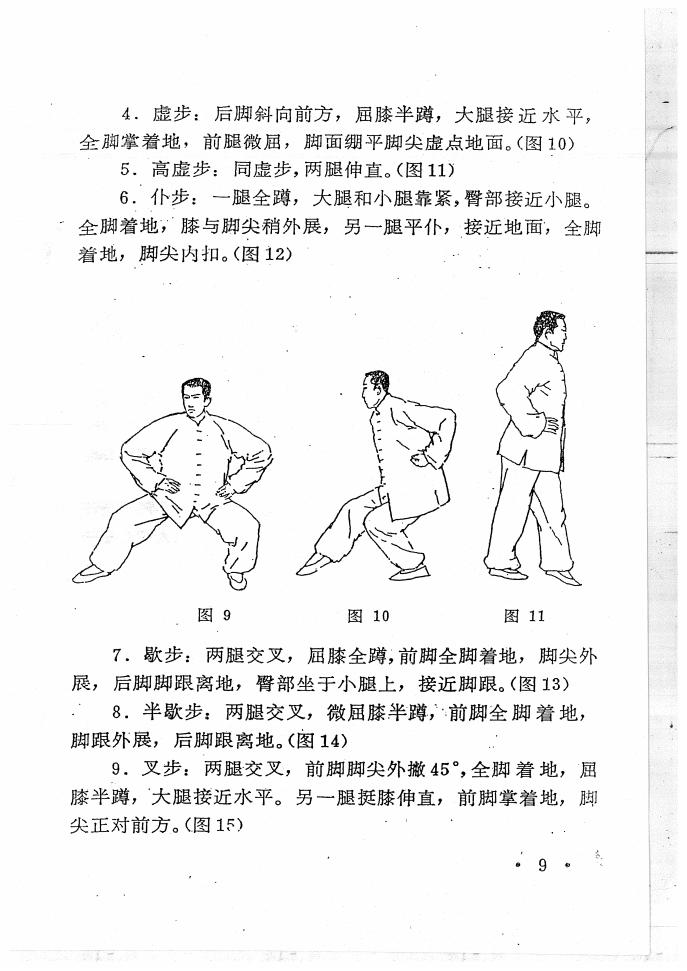




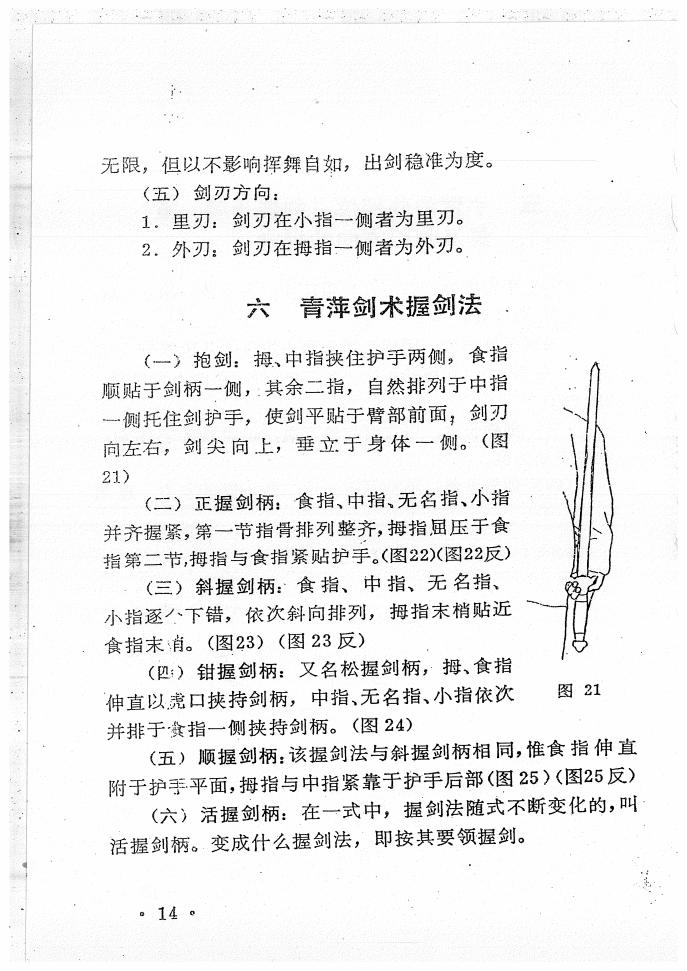












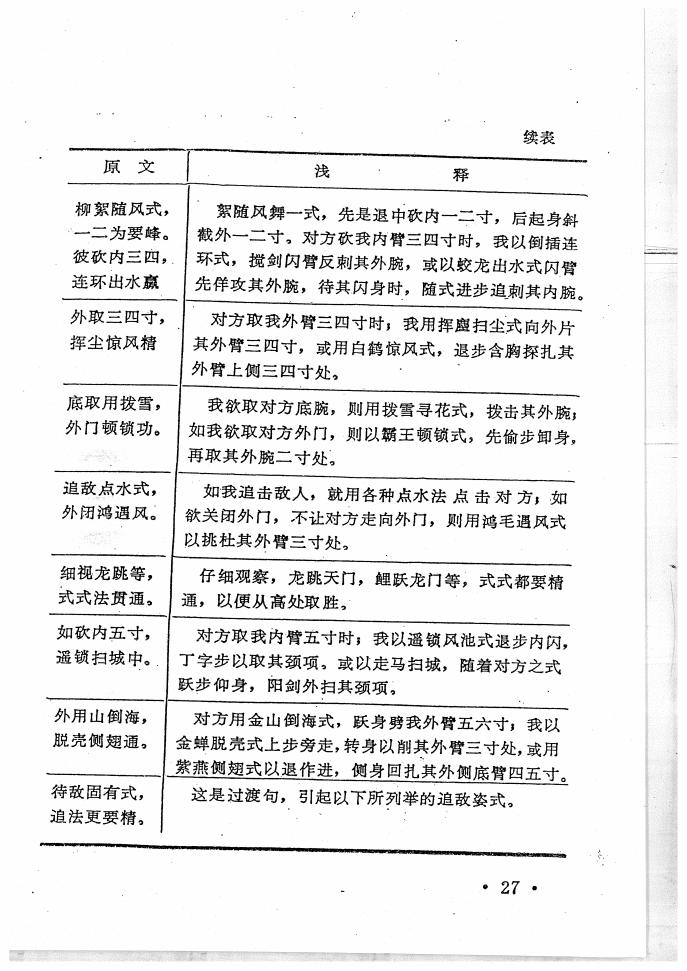




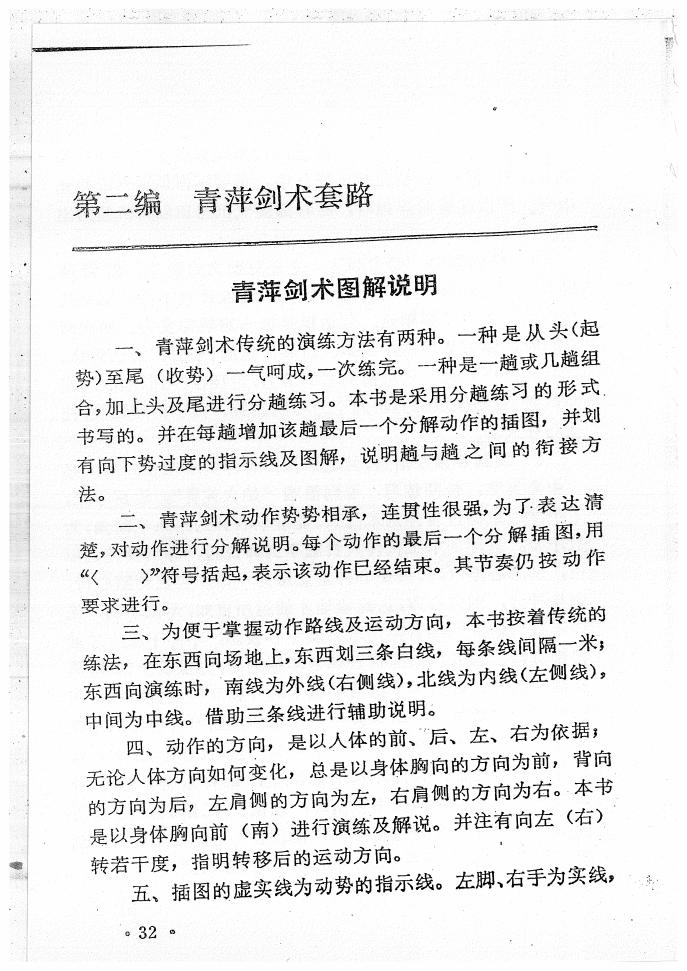























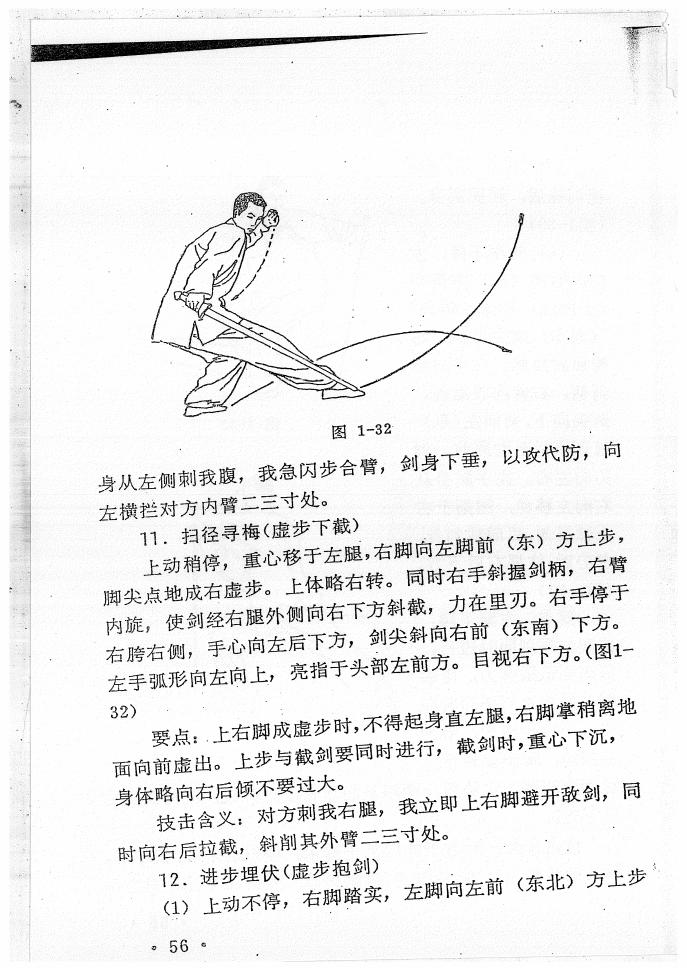


























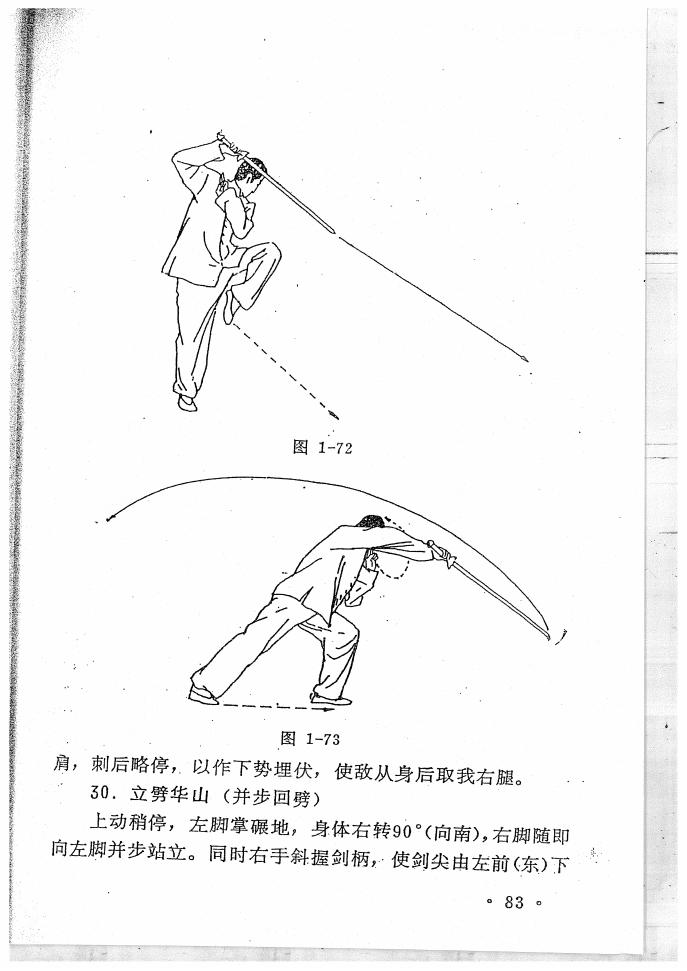





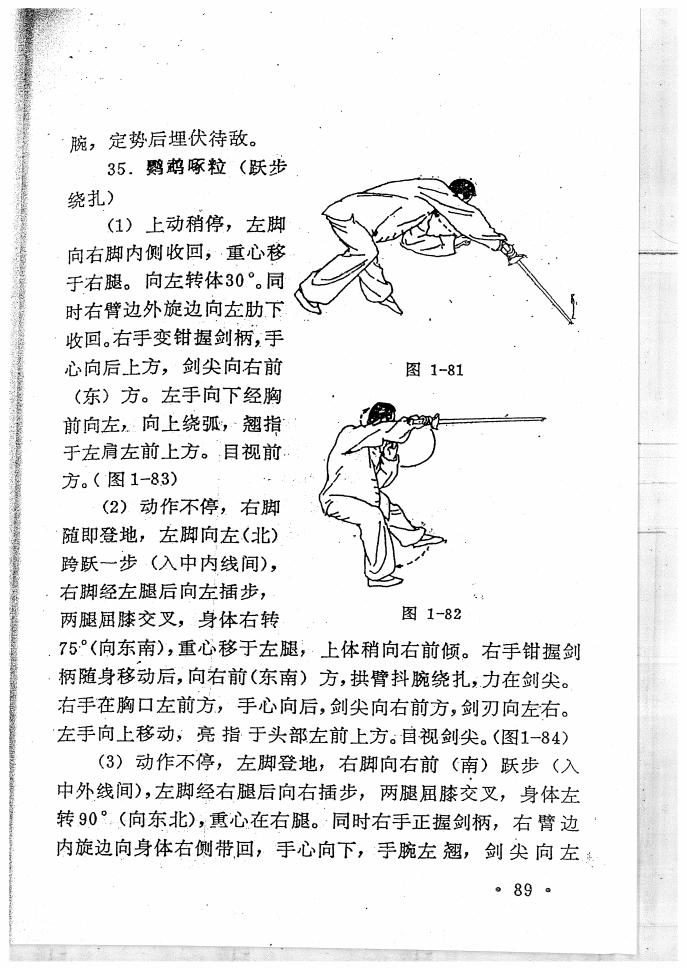





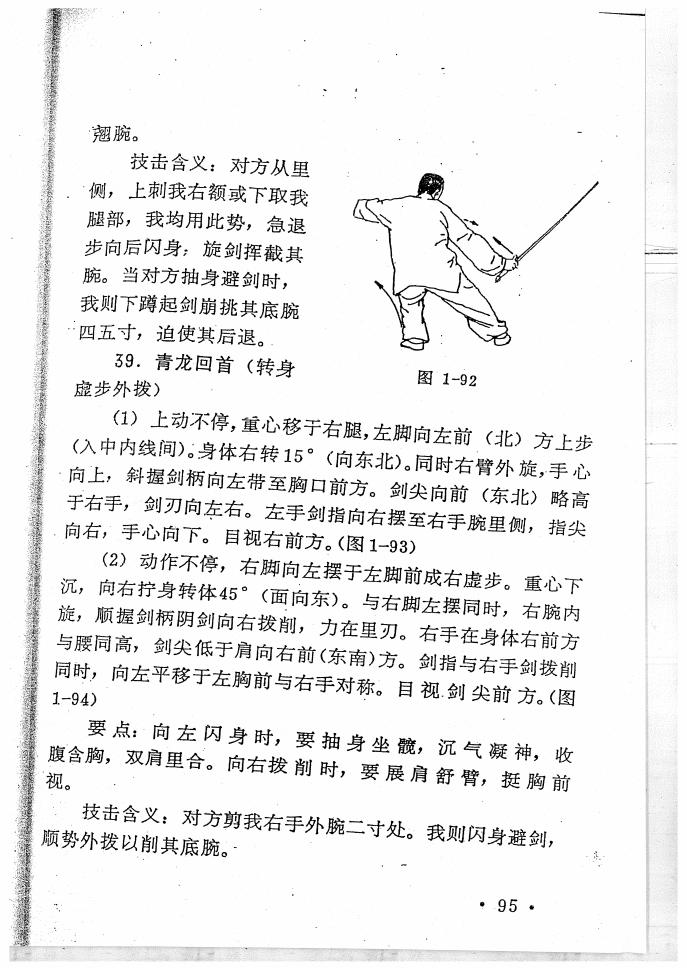


























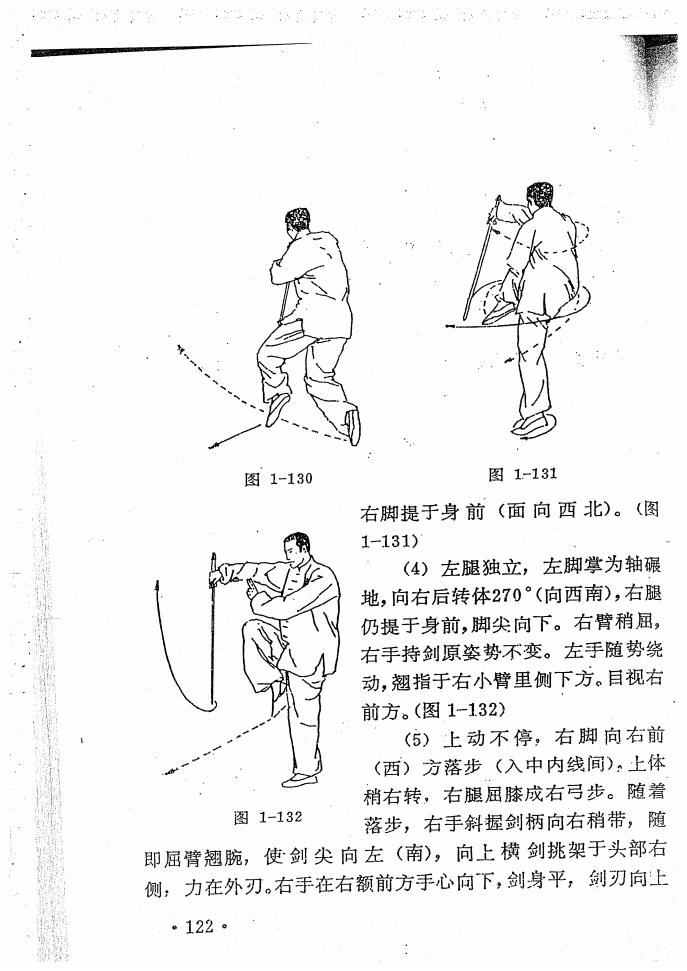



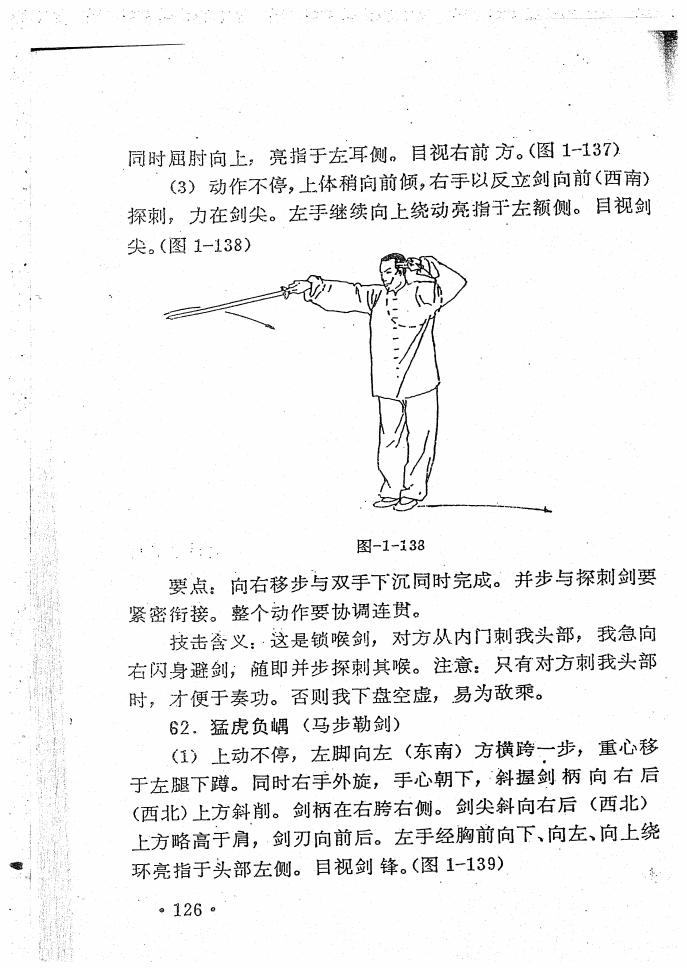






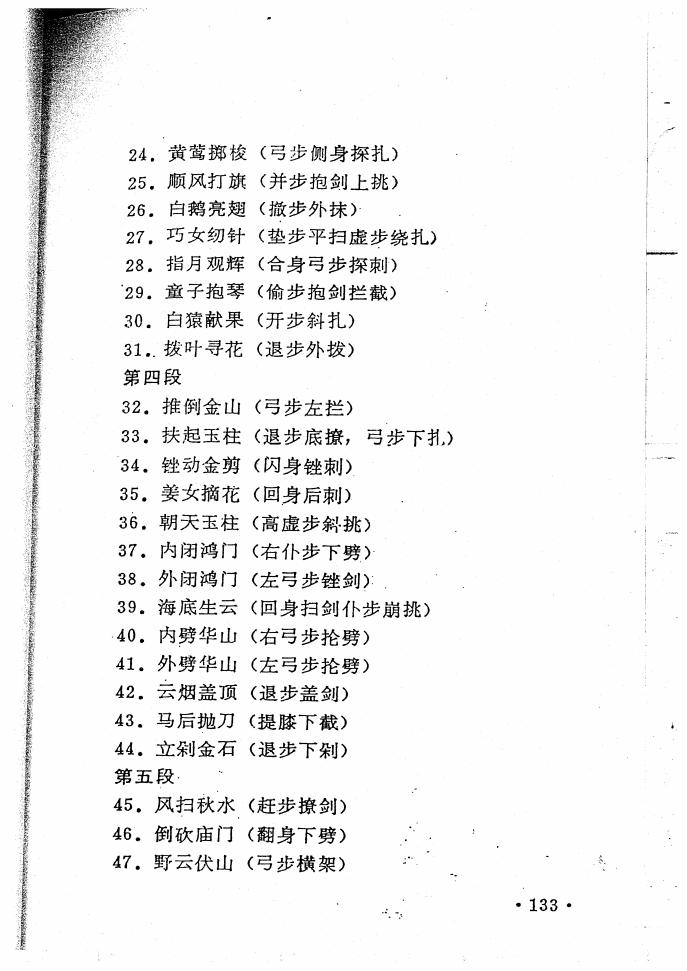



































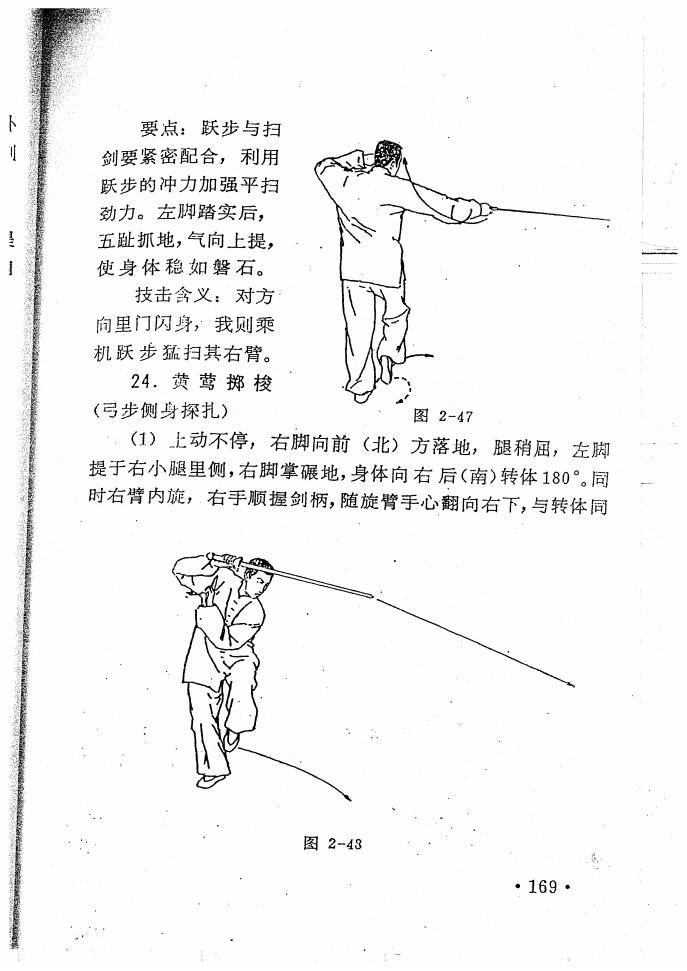










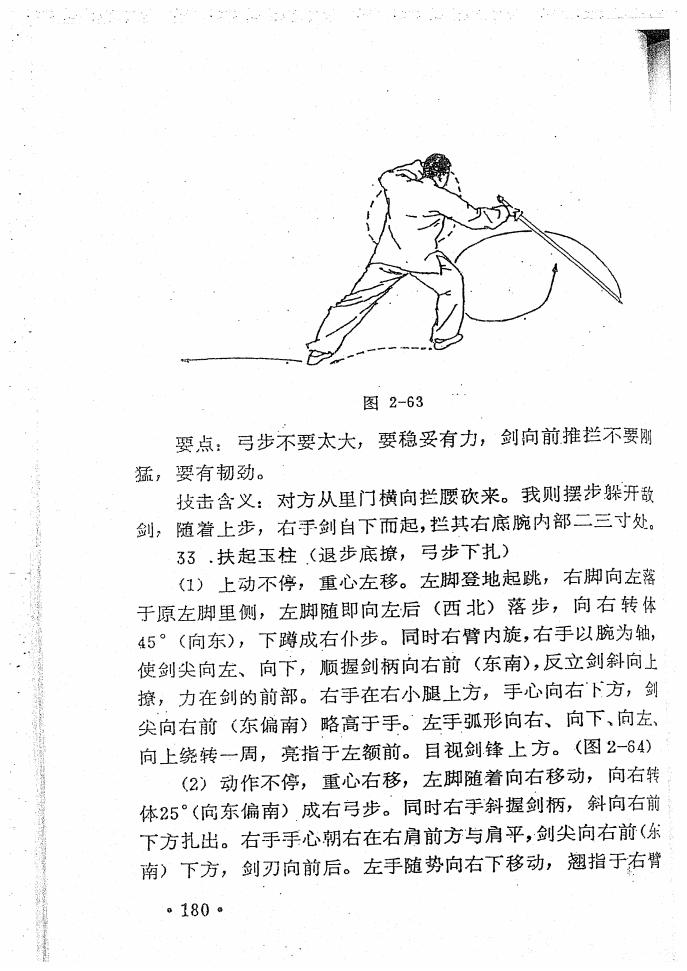











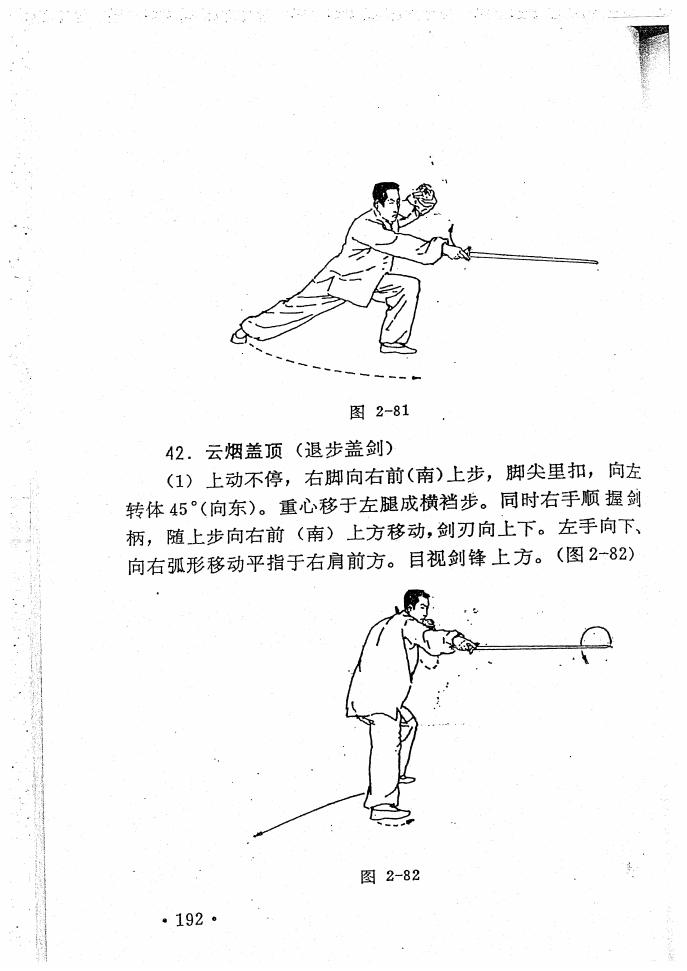




















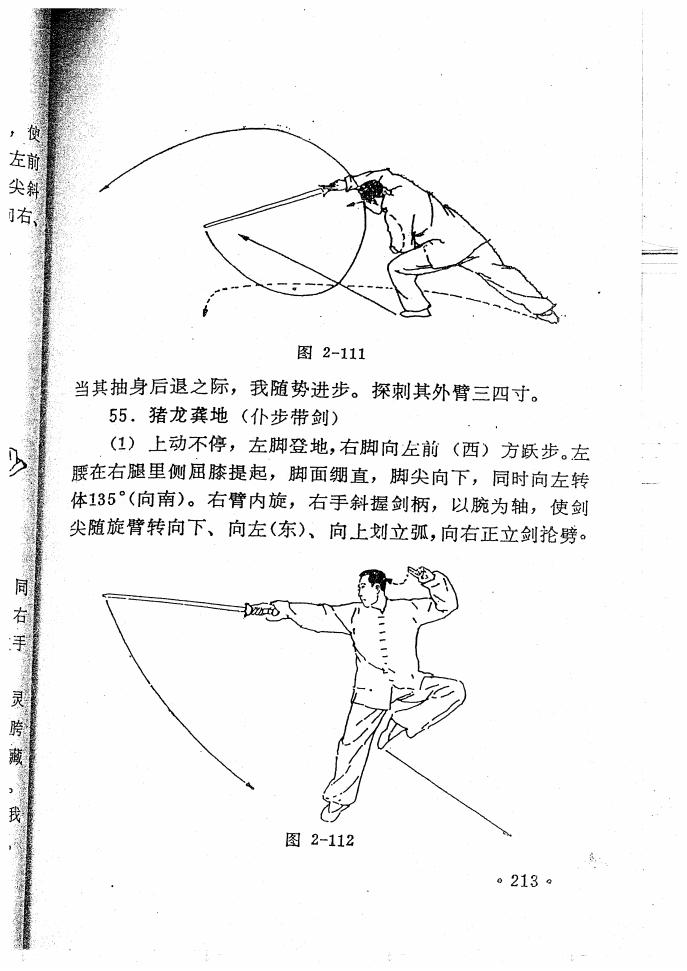





















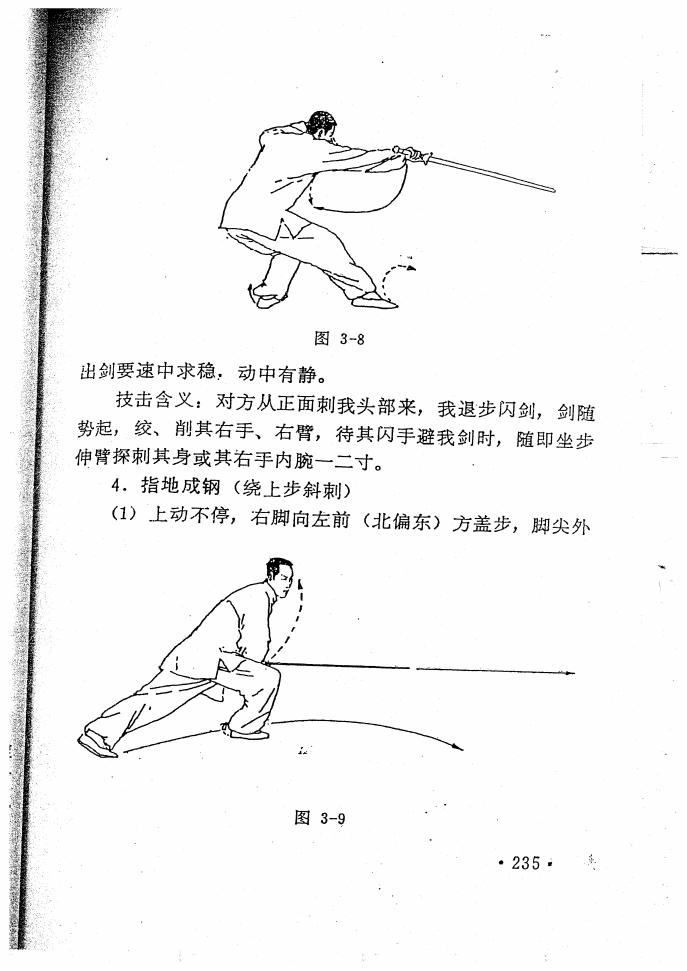






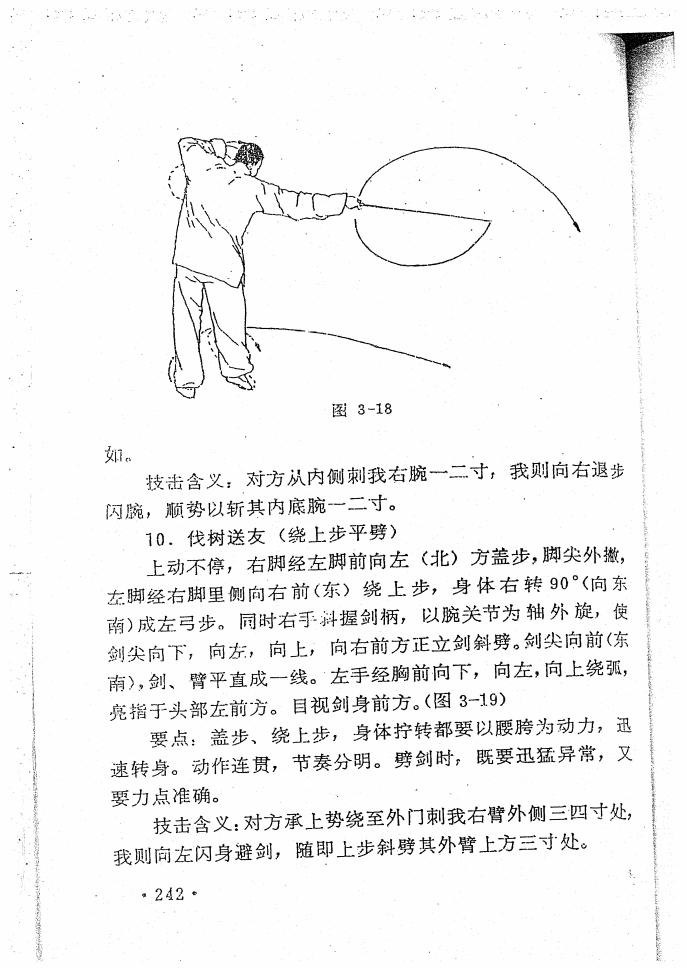



























































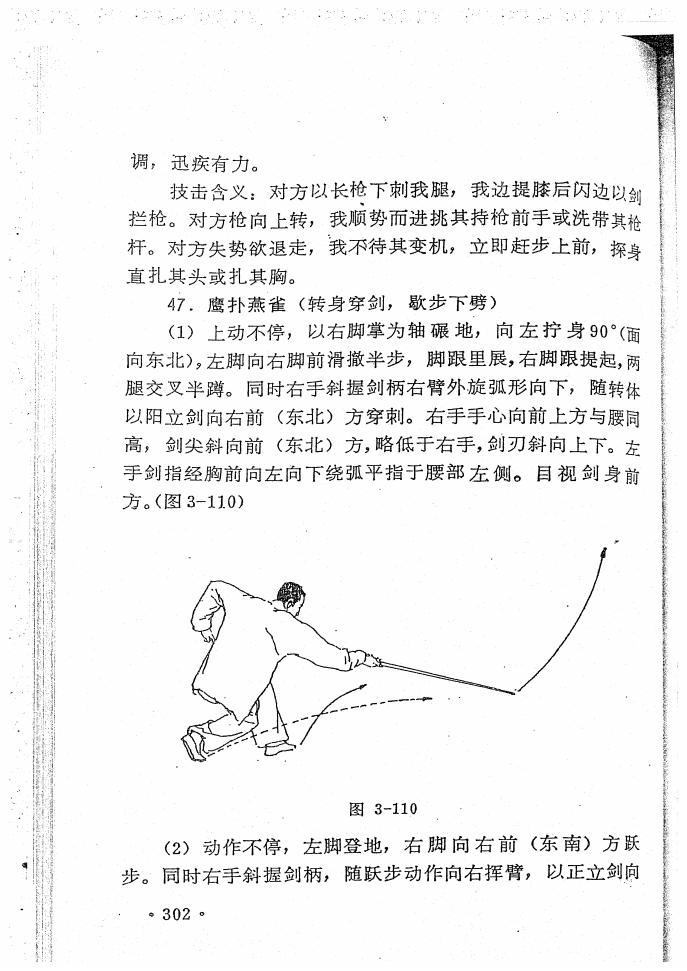










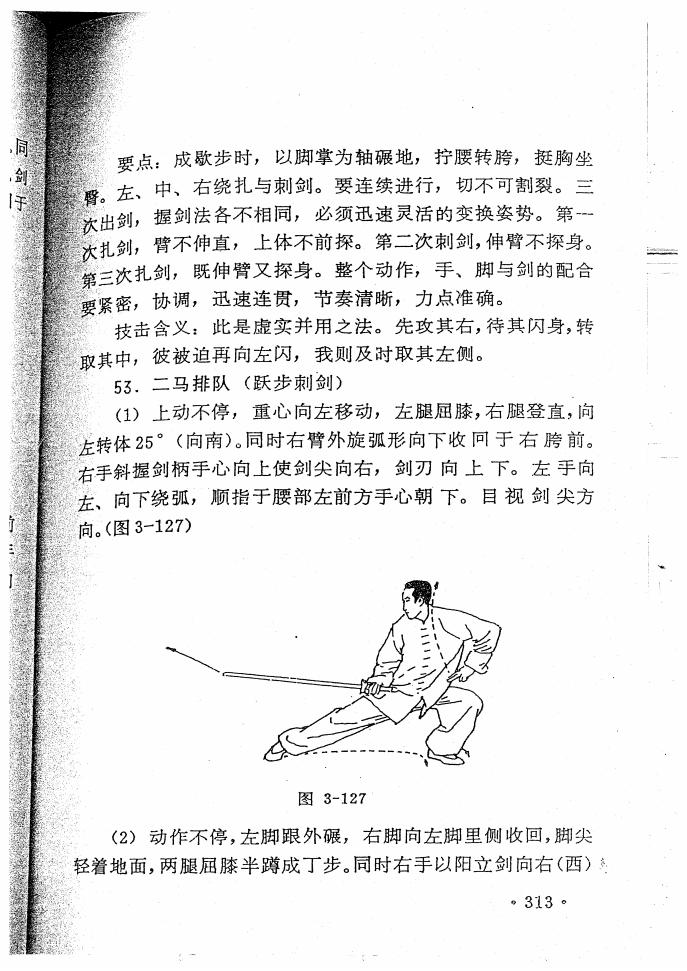





















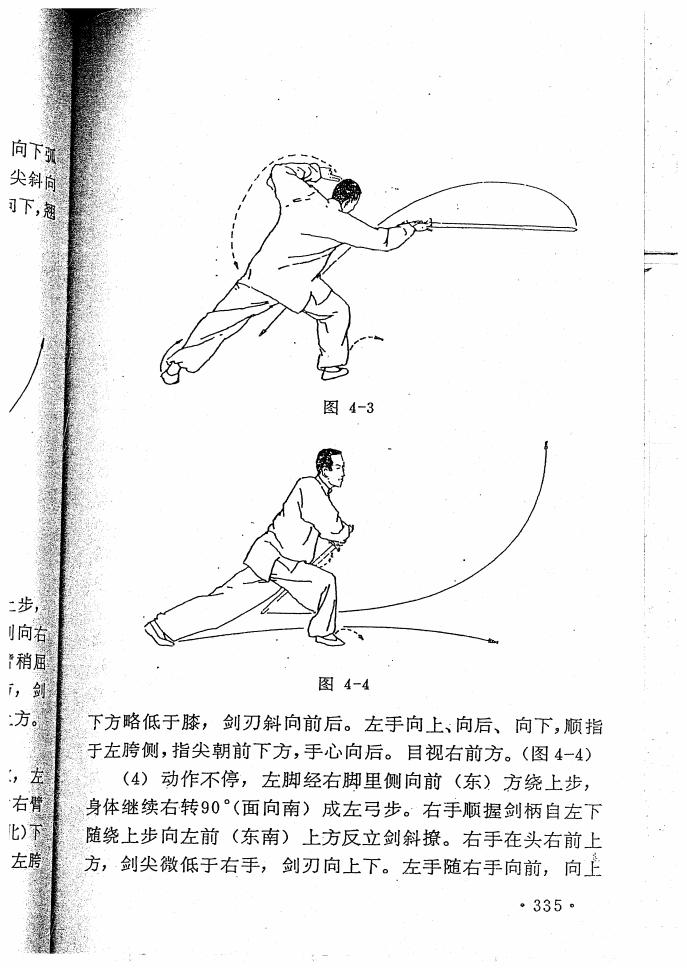


















































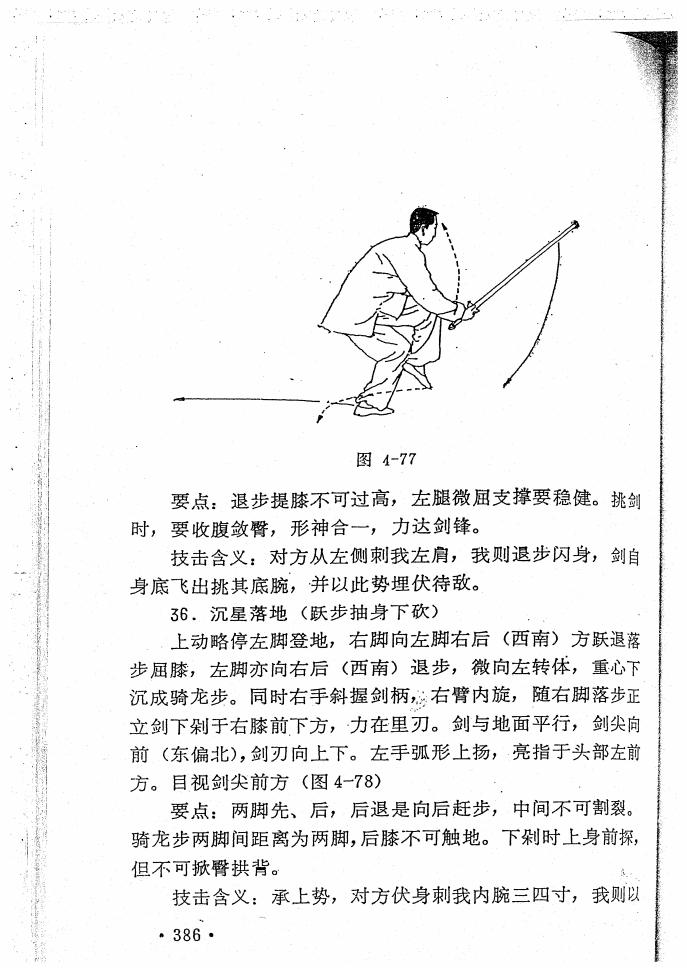












Culture文化 Kungfu武学 400P 《青萍剑》之一 贾勃生、刘滋茂
历史上的今天 ( 26 ):
- 2022年-06月-04日:Tool工具:MJJ论坛:Hostloc论坛
- 2022年-06月-04日:Culture文化:老上海票证 (21P)
- 2022年-06月-04日:Knowledge知识:世界主要国家的货币 (62P)
- 2022年-06月-04日:Region地理:中国牌坊荟萃 (26P)
- 2022年-06月-04日:Culture文化:文革粮票 (55P)
- 2022年-06月-04日:Sculpture雕塑:精美陶器 (25P)
- 2022年-06月-04日:Sculpture雕塑:茶壶大全 (88P)
- 2022年-06月-04日:Nintendo:唐老鸭-FcGame
- 2022年-06月-04日:Nintendo:猫捉老鼠-FcGame
- 2022年-06月-04日:Nintendo:米老鼠-FcGame
- 2022年-06月-04日:Nintendo:比卡丘-FcGame
- 2022年-06月-04日:DOS游戏:主题医院-Dos游戏
- 2022年-06月-04日:DOS游戏:超级玛丽-Dos游戏
- 2022年-06月-04日:Video视频:年轻人跳舞很好看
- 2022年-06月-04日:Video视频:喝过这种奶茶么?
- 2022年-06月-04日:Video视频:小心这个男人
- 2022年-06月-04日:Video视频:豹纹舞蹈
- 2022年-06月-04日:Video视频:可爱的小狗
- 2022年-06月-04日:Video视频:专家解读:梦遗
- 2022年-06月-04日:Custom民俗:中国红瓷器 (19P)
- 2022年-06月-04日:Custom民俗:民间工艺品大全 (30P)
- 2022年-06月-04日:Antique古董:古玩艺术 (36P)
- 2022年-06月-04日:Custom民俗:文房雅趣 (55P)
- 2022年-06月-04日:Calligraphy书法:中国印欣赏 (31P)
- 2022年-06月-04日:Global国外名家:雷诺阿作品合集赏析之二 (300P)
- 2022年-06月-04日:History历史:中国百年史 1894~1997年 之七 (184P)
可点 ➠ 2023年-06月-04日 ➠ 133 s ➠ ♥ 0

